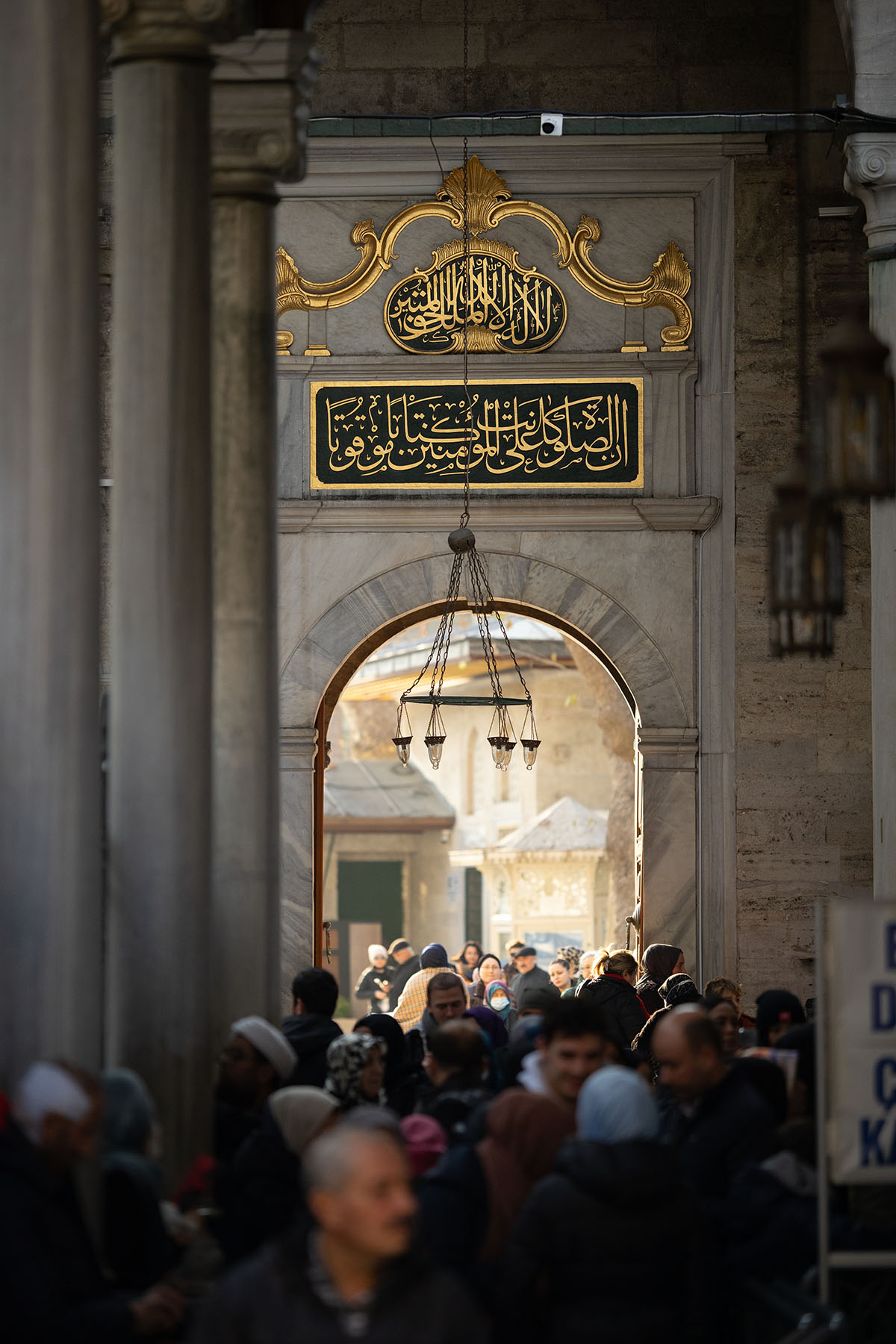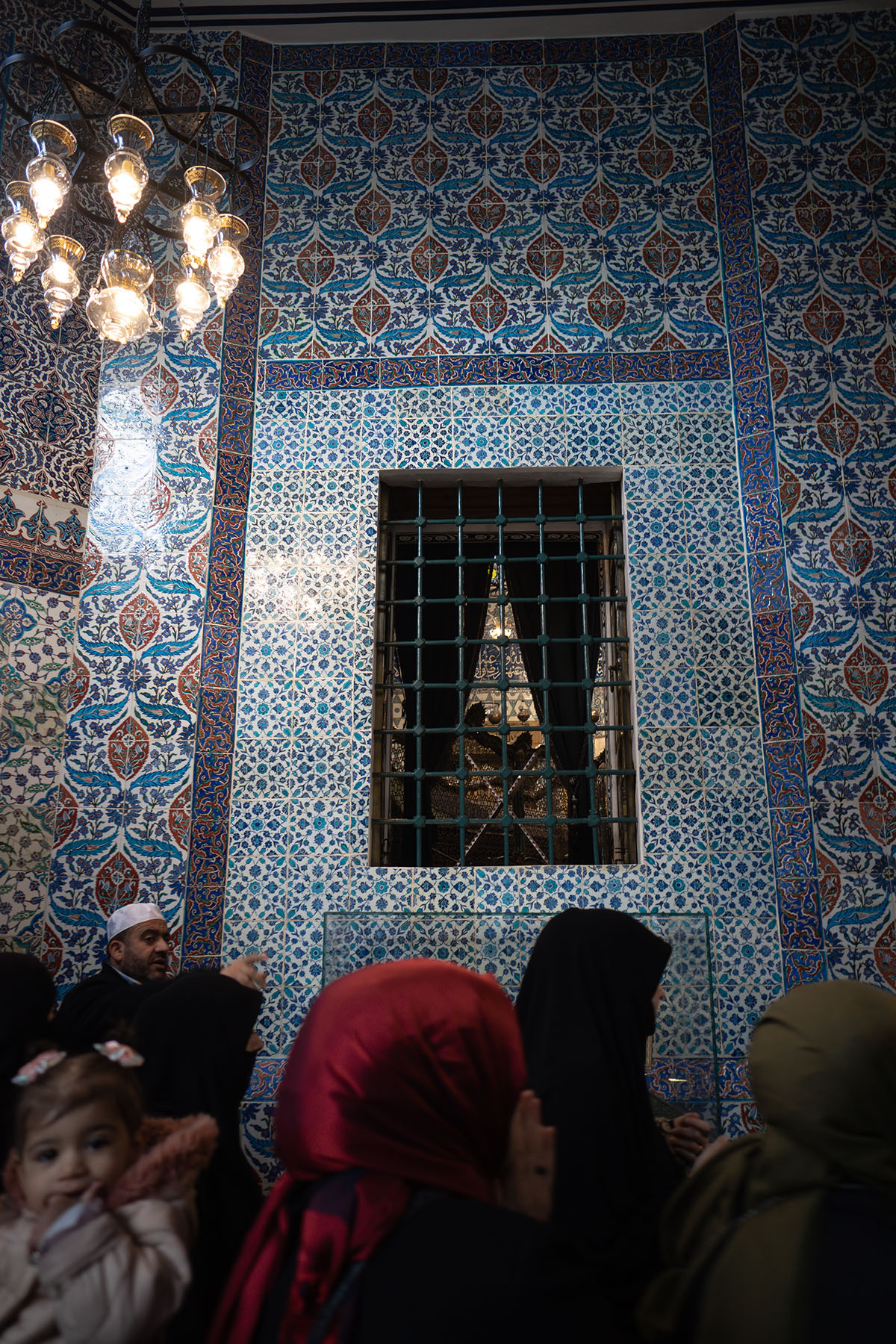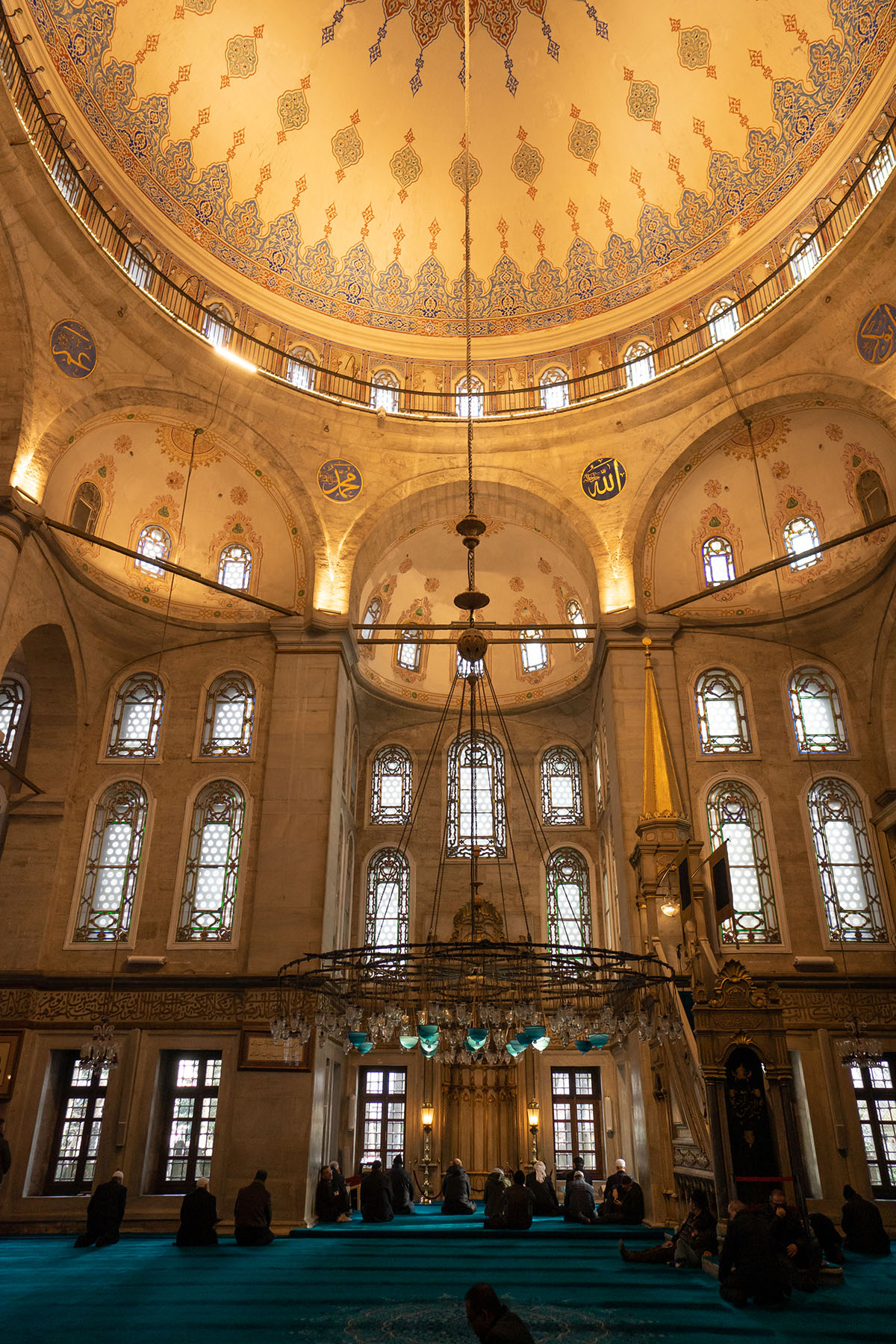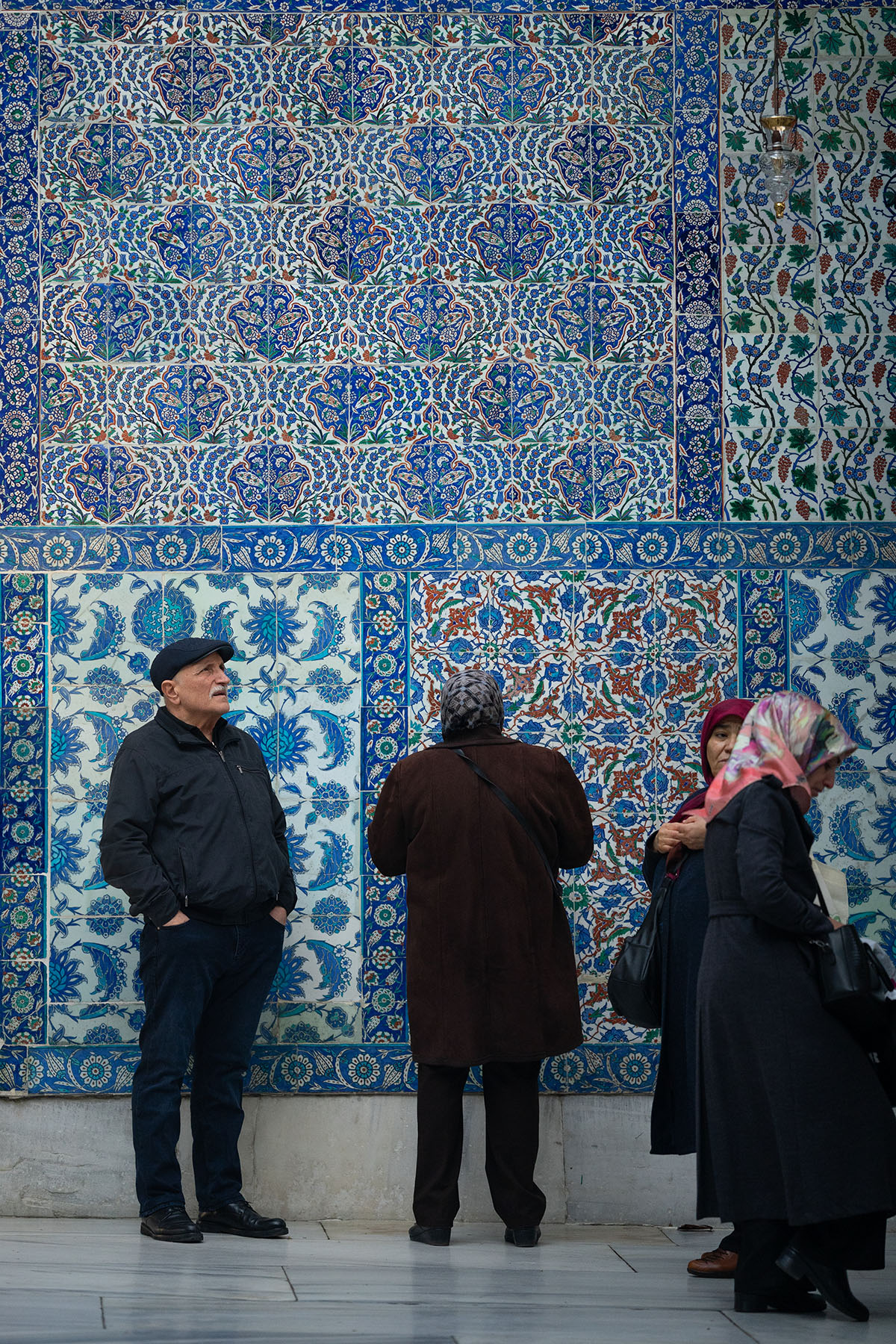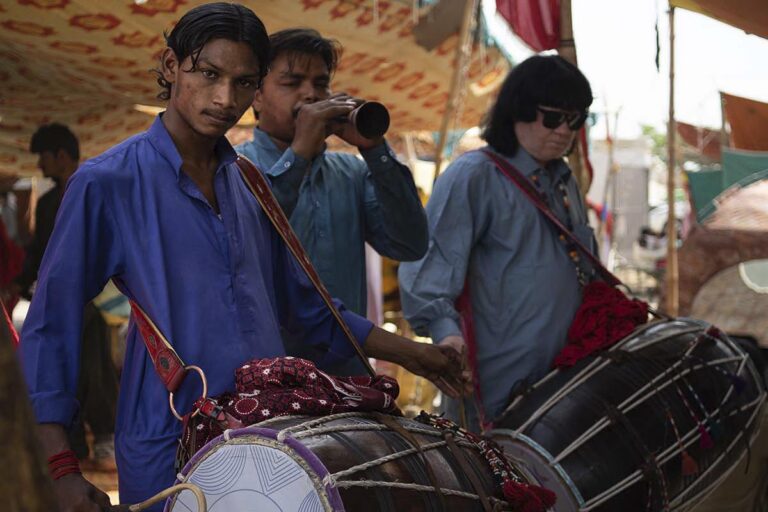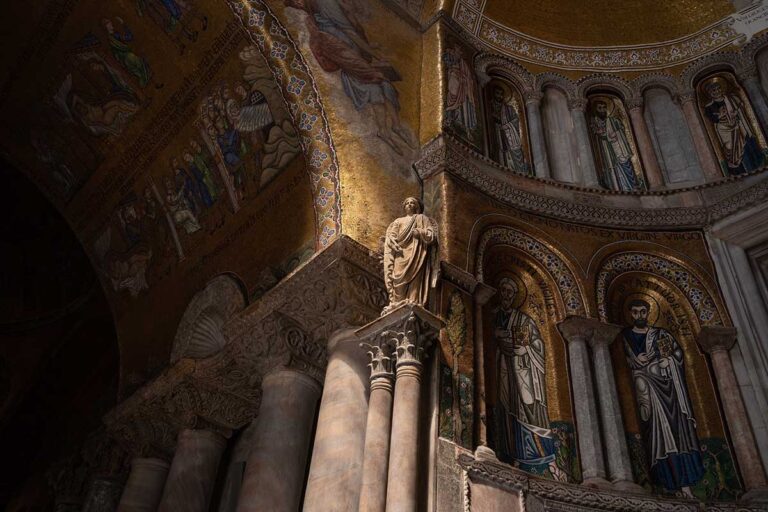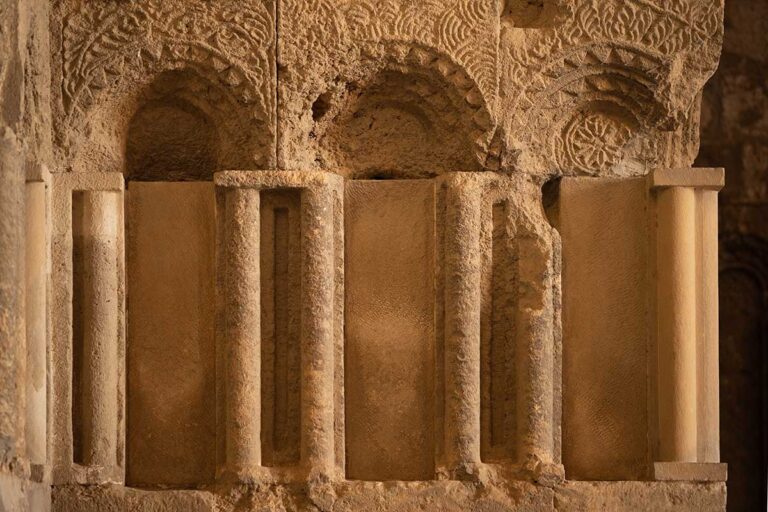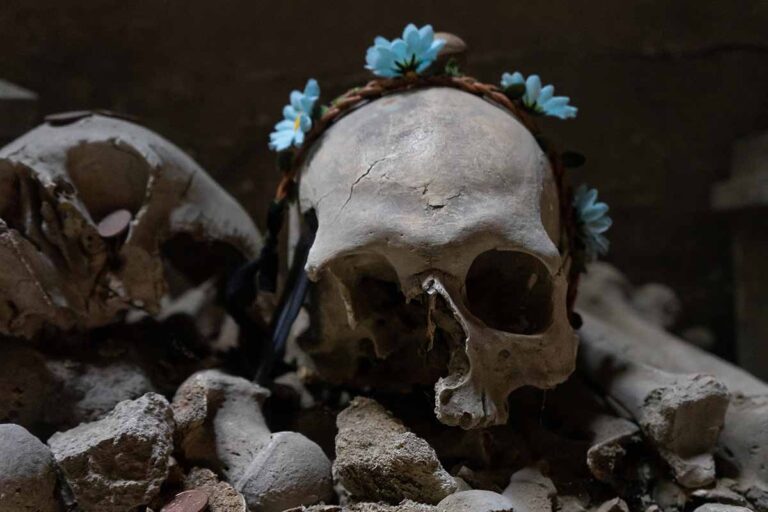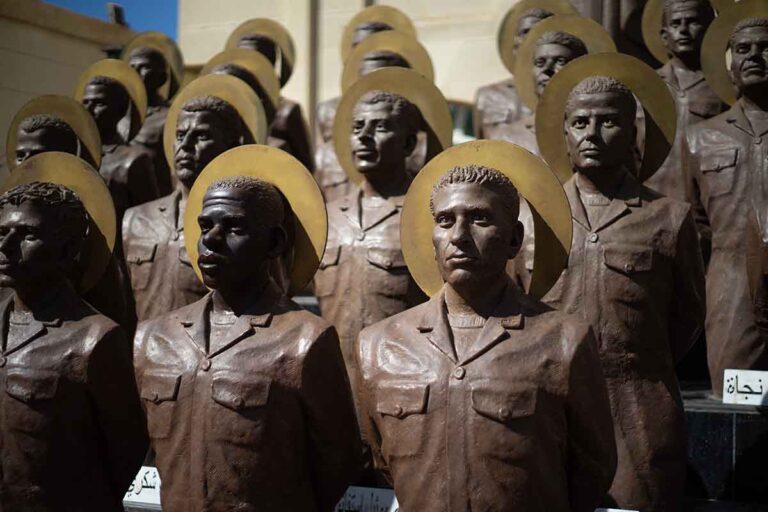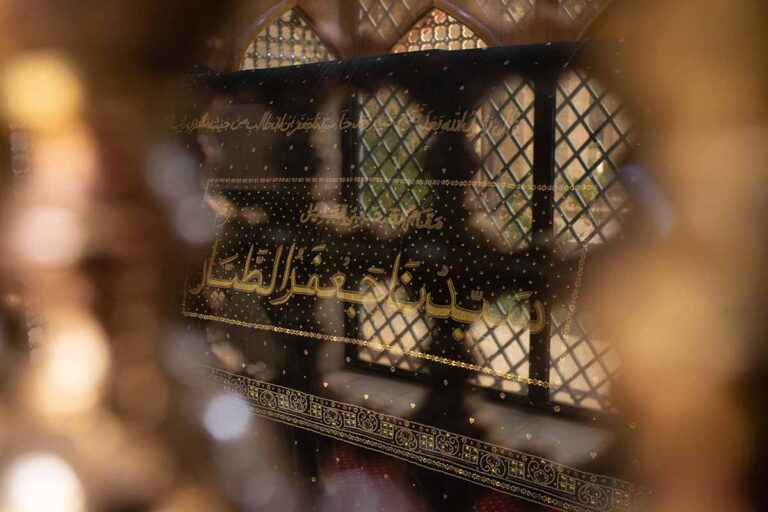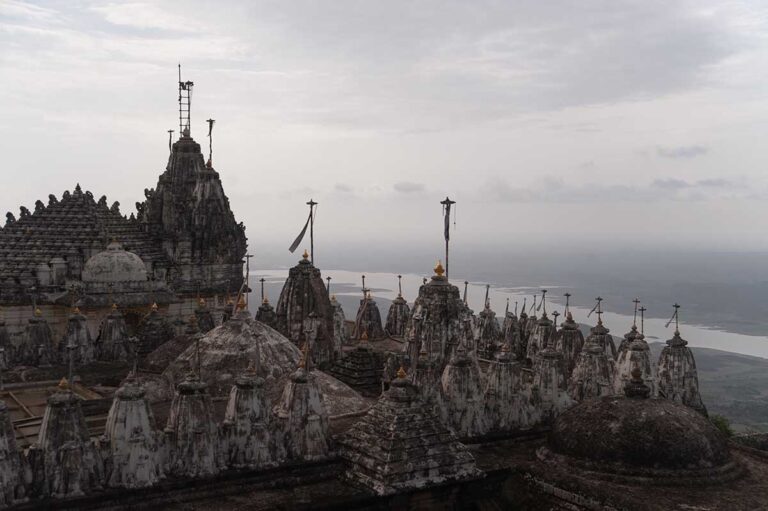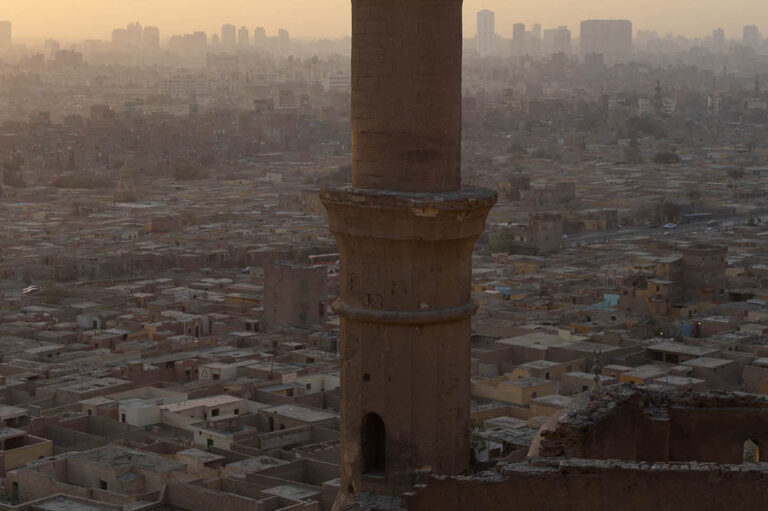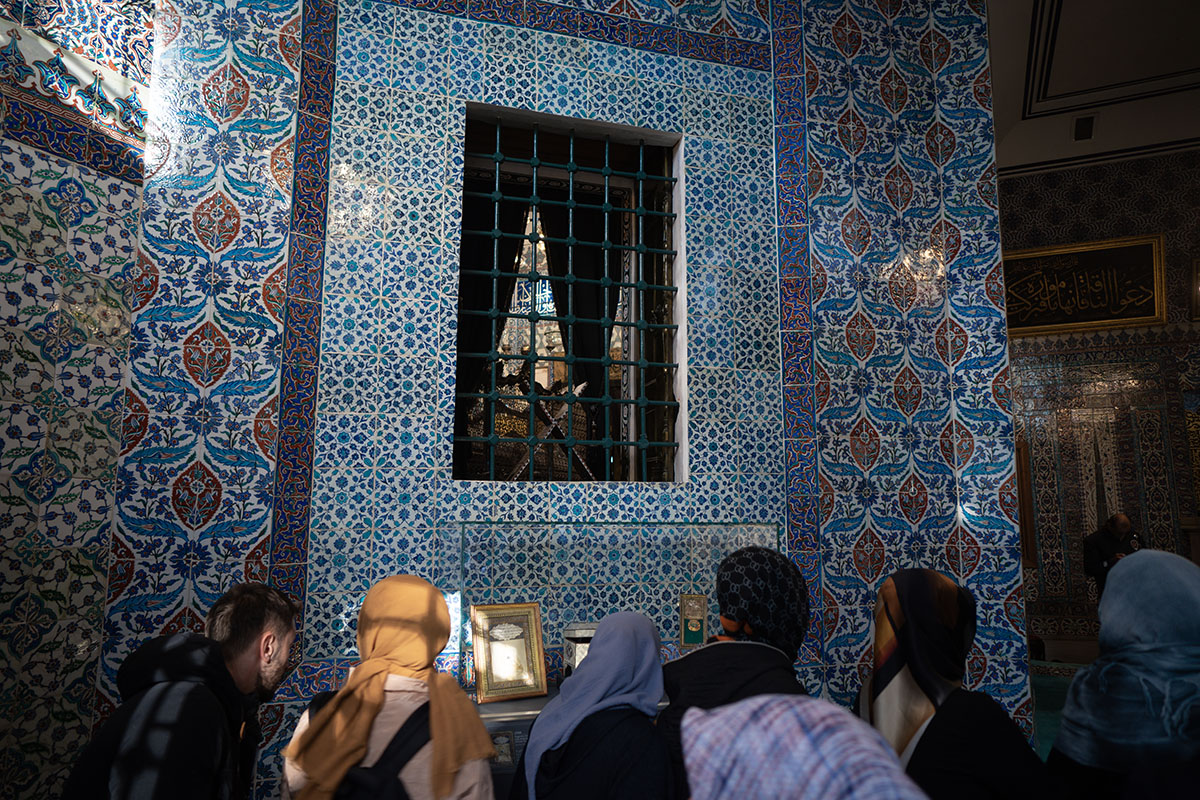
A ferry ride west up the Golden Horn, past the crumbling walls of ancient Constantinople, Eyüp’s Pierre Loti hill appeared dusted in snow—many hundreds of tombs. As we got a bit closer, I could see that they were crammed from the forested hilltop down to a pair of pencil minarets, a cemetery high in demand for its nearness to Istanbul’s holiest shrine: the final resting place of one Abu Ayyub al-Ansari, a distinguished companion of the Prophet.
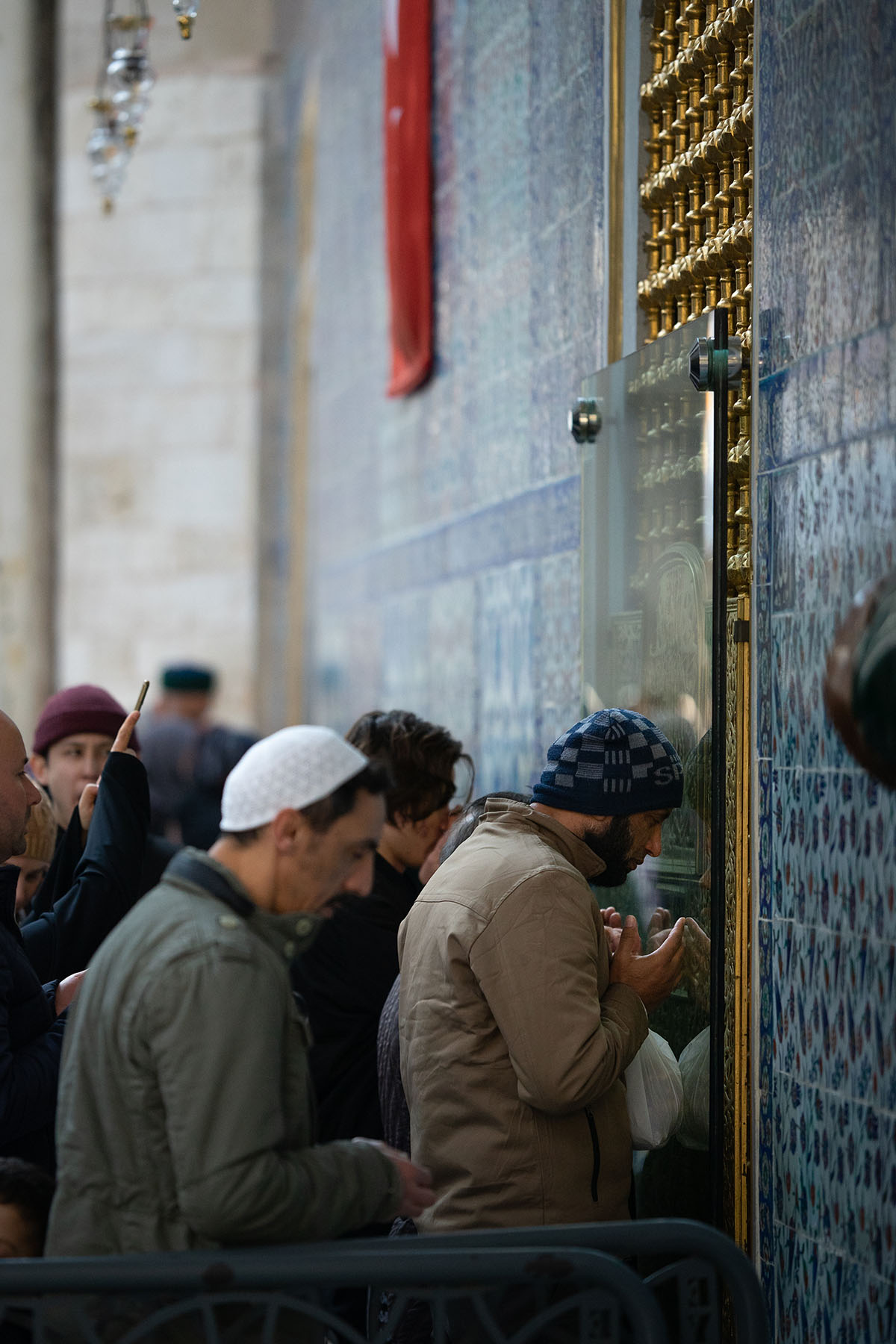
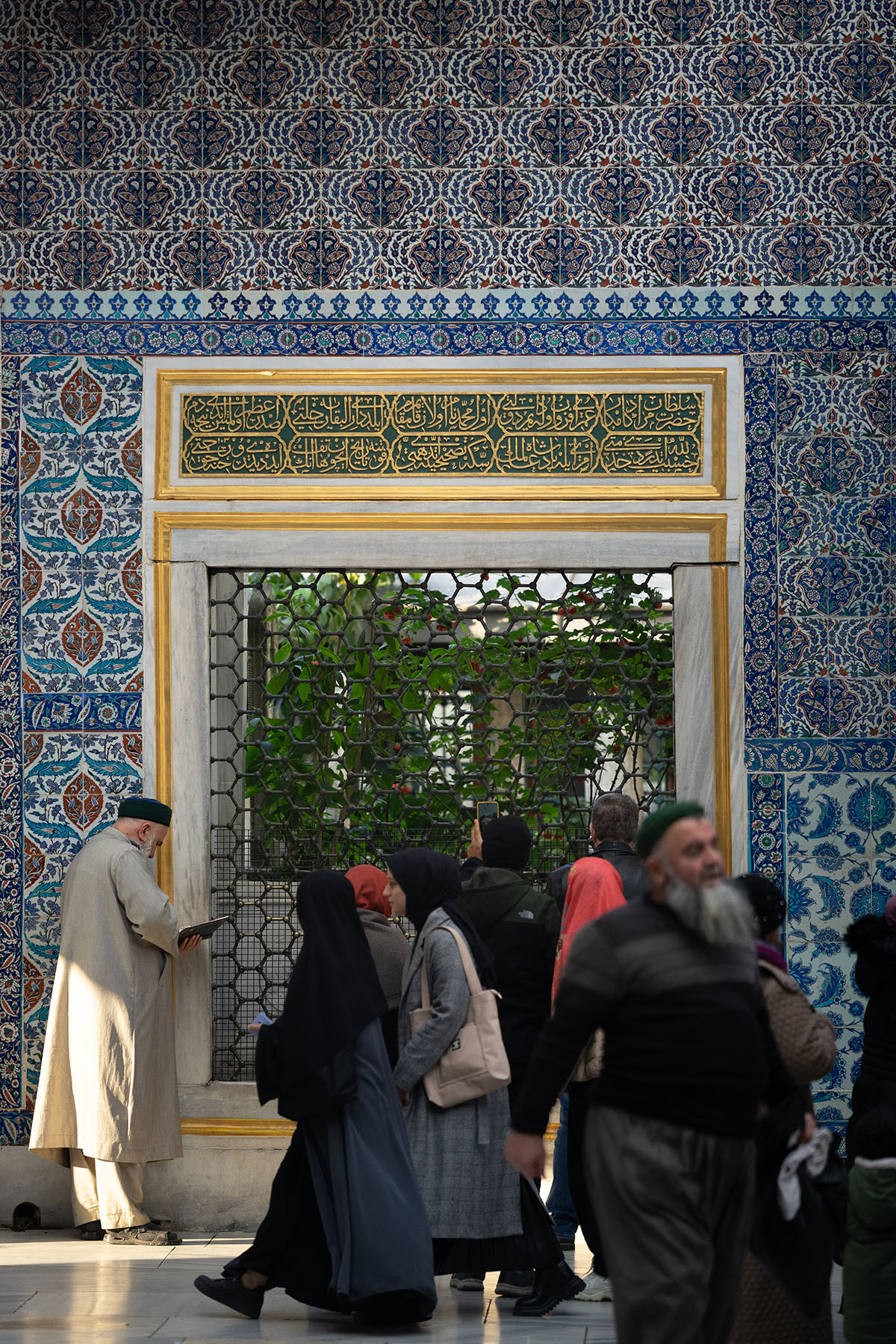
Having served in Egypt during its Arab conquest, Abu Ayyub met his end in the earliest Muslim siege of Constantinople. It took place just a decade into the Umayyads’ reign, in the 670s AD. According to the story, after his ‘martyrdom’ here, his body was buried—to grant the warrior’s dying wish—just outside the city walls. Through there’s next to nothing to show for it today, a monastery stood on the spot in Byzantine times.
Some 800 years later, in 1493, when a Muslim (Ottoman) army broke through at last, among the conquering sultan’s first acts was to build a fitting türbe (tomb and shrine) over the gravesite. Akşemseddin, a Sufi scholar in the service of Mehmed II, was able to pinpoint the final resting place of Abu Ayyub through a dream.
For the centuries of Ottoman rule that followed, it was here in this courtyard, shaded by a sycamore tree, that newly crowned sultans were girded with the Sword of Osman in the solemn, Kılıç Alayı ceremony.
In the shadows of the now enormous tree, pilgrims whispered around me in several languages, crowding the ablutions fountain or pushing toward the elaborate hacet penceresi (window of prayers or desires), hoping to pray in the vicinity of the saint. Inside, they can face the hexagonal tomb to the sarcophagus through iron bars—as close as one gets to the man.
The area still bears the Companion’s name, Ayyub (Eyüp in Turkish). It’s Istanbul’s holiest quarter—holier even than the plot of land housing the Blue Mosque and the Hagia Sophia. Indeed, by certain estimations made by those that make such estimations, it ranks near the top of the murky mix that follows on the heels of the established top three (in Mecca, Medina and Jerusalem), placing Eyüp among most sacred sites in Islam.
